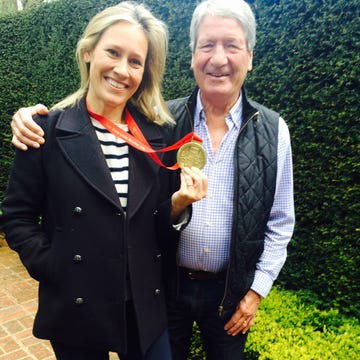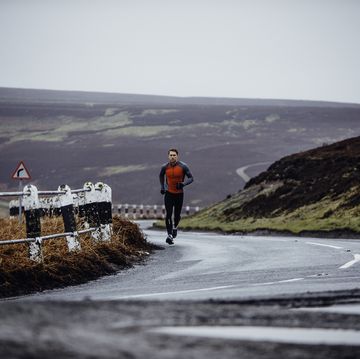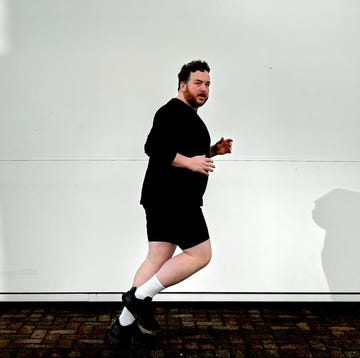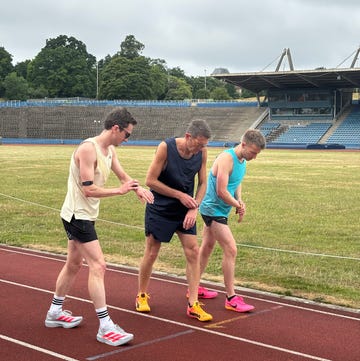Over the past 30 years, we’ve seen huge changes in the running world – it’s gone from a sport focused on club runners to a much bigger and more diverse community, with access to a greater range of competitive opportunities. Running has shifted from being a specialist and niche activity to one where major brands recognise opportunities to communicate both sporting and lifestyle products.
But the act of running itself, putting one foot in front of the other, is as simple as it has ever been. So, as we mark 30 years of Runner’s World, let’s look at some of the timeless wisdom that still holds true today, and is continuing to help runners to move forwards, further and faster – and some that’s fallen by the wayside. By following the time-proven running approaches and avoiding the ineffective or outdated ones, you can enhance your performance, stay injury-free and enjoy the sport for years to come.
7 timeless running tips
1. We're better when we run together
From the thriving club athletics scene of the 1970s, 80s and 90s to the more diverse mix of clubs, groups, crews and social media communities of today, the benefits of group training have stood the test of time. Over the past 30 years, academic research has supported the benefits of group training, with evidence showing that social cohesion can improve performance and impact your perception of effort as you train. Add to this the fact that the social side of running will encourage you to stay in the sport for longer, and we can say for sure group training is here to stay.
What everyone's reading
2. Don't ditch those hills
Hill work has been a key part of a runner’s training mix since the time of pioneering coaches such as Percy Cerutty and Arthur Lydiard in the 1950s and 60s. To this day, training on hills, from very short sprints to more sustained efforts on undulating routes, is central to the training plans of many of the world’s best athletes to build strength, increase the intensity of their running and to prepare for hilly races.
3. Ace your base
The concept of building a ‘base’ would be as familiar to runners 30 years ago as it is now. The methods and approaches we use to do this may have changed, but the broad principle of building a strong foundation of endurance with easy and steady running before progressing to harder and more specific sessions absolutely holds up to this day.
4. Build your mileage up steadily
Progressing gradually is key to building endurance and preventing injuries, and it always has been. Starting training with shorter distances and slower paces, then gradually increasing the frequency and duration of your runs, and in time the intensity, is a sensible process that works for most runners.
5. Your form matters
Maintaining good form to reduce the risk of injuries and optimise your performance isn’t new – running drills and a focus on technique have been central to endurance coaching for decades and remain so today. The exercises themselves also haven’t really changed – simple hopping and skipping drills as well as paying attention to stride length, cadence, and hip and upper-body movement remain the basis of running economically.
6. You don't always need to wear a watch
While this is advice that’s stood the test of time, it’s also harder to follow than ever before – with far less technology available 30 years ago, runners put more emphasis on training and racing to feel and not overcomplicating what can be a simple sport. Today, while tech such as GPS, heart-rate monitors, new footwear and online training platforms can add to your experience and offer valuable feedback, they can also cause stress and cloud what is important if you don’t develop your own ability to listen to your body and run on feel. Get the balance right.
7. Stay strong and incorporate strength training
Back to the days of Seb Coe and before, strength training – whether that’s circuits, gym work or the huge range of exercise classes available – has always been critical to long-term progression. You could argue that this is even more the case now that jobs (and lives) tend
to be more desk-based. Consistently doing two strength sessions a week can have a huge impact on your running and your wider health.
Tom Craggs is a coach and road running manager for England Athletics













